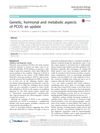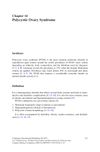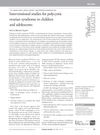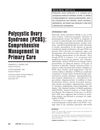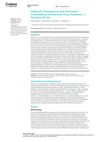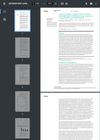Polycystic Ovarian Syndrome: The Androgenized Adolescent
August 1996
in “
Journal of Pediatric and Adolescent Gynecology
”
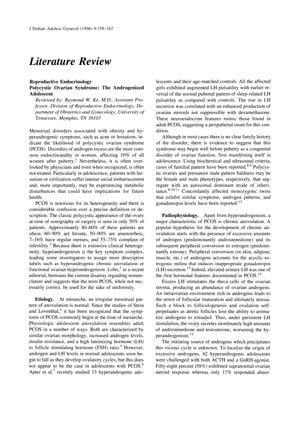
TLDR The document concludes that PCOS in adolescents is complex and requires comprehensive care to manage its symptoms and associated health risks.
The 1996 document reviews Polycystic Ovarian Syndrome (PCOS) in adolescents, noting its prevalence at 10% among post-puberty women and its association with symptoms like menstrual disorders, obesity, acne, and hirsutism. It describes the clinical heterogeneity of PCOS, with varying percentages of patients experiencing obesity, hirsutism, amenorrhea, regular menses, and infertility. The document discusses the etiology and pathophysiology of PCOS, including the role of hyperandrogenism, hyperinsulinemia, and insulin resistance. A study involving 13 hyperandrogenic adolescents and another with 42 participants are mentioned, highlighting the onset and ovarian hypersecretion of androgens. The document also addresses the increased cardiovascular risk associated with PCOS, particularly when it begins in adolescence. Treatment options such as oral contraceptive pills, GnRH agonist therapy, antiandrogens, and cosmetic treatments for hirsutism are discussed, with an emphasis on the slow response to medical therapy and the importance of managing hyperinsulinemia. The document stresses that while medical therapy can manage some symptoms of PCOS, it cannot reverse the transformation of vellus to terminal hairs, and electrolysis is the only permanent solution for hair removal. It also highlights the need for comprehensive care addressing the metabolic, physical, and psychological aspects of PCOS in adolescents.


